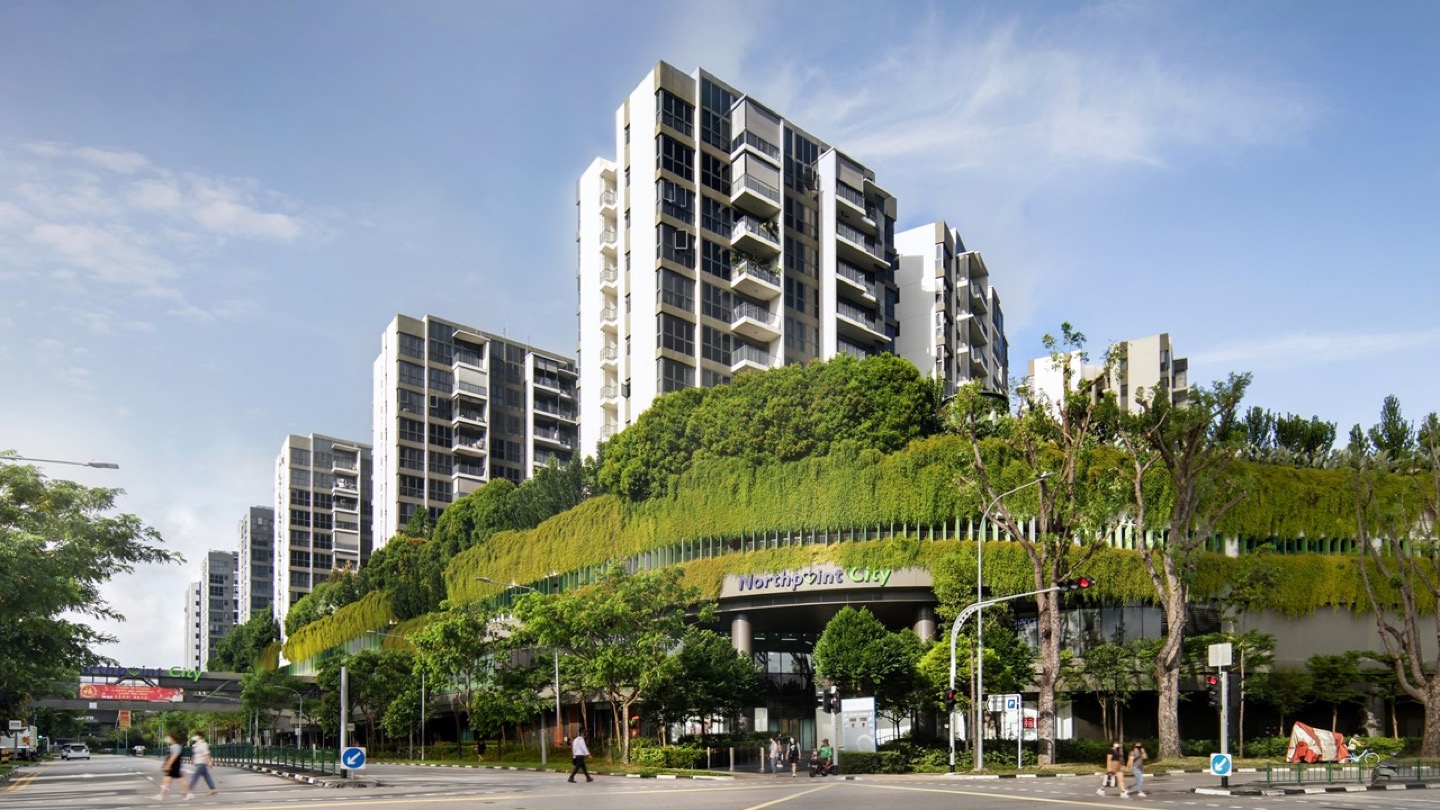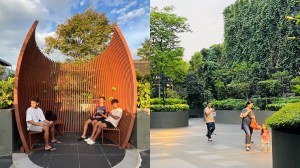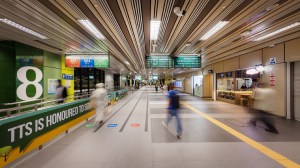Transit-Oriented Developments: The Backbone of Future Spaces
Michael Leong
Deputy CEO, SAA Architects
Resilience in Design: Envisioning the Future of Transit-Oriented Developments
In the evolving narrative of urban development, Transit-Oriented Developments (TODs) stand as testaments to the power of community-centric planning and the foresight of resilient design. With cities forced to confront the challenge of improving and facilitating sustainability and mobility in the face of increasing population density, the TOD emerges as an intersectional answer. The integration of transport nodes together with residential, commercial, and public amenities offers a viable solution for the future. These developments are more than infrastructural projects; they embody a forward-thinking approach to urban planning and transformation.
Keeping Community at the Core
TODs are not merely large-scale built developments, but are the pulsing hearts of communities and form a foundational basis of the design process. Planning TODs must begin with a straightforward yet profound question: what can and should be done to give back to the community, so that they have more than what has been taken away from them? This approach has been pivotal in shaping environments like Northpoint City, where the concept of creating a ‘Green Necklace’ emerged from this commitment to replacing — and even giving back even more of — the greenery that was originally on the site.

This engagement process goes beyond listening — it involves an embedding of the community’s voice within the project’s brief, to create designs that are not only situated within urban areas, but are connected and woven into its existing fabric. Seamless connections to town centres, Mass Rapid Transit (MRT) stations, and plazas, ensure that TODs become extensions of the community’s rhythm and respond to communal needs, rather than become unwelcomed disruptions.
By actively incorporating the intended users’ needs within the TOD design process, creating inclusive and accessible environments with layered programmes and mixed-users will become ubiquitous.. In a well-connected city like Singapore, these developments must cater to a diverse group of users — ranging from families to the elderly. These are insights that can only emerge from a thorough process of understanding the community that the TOD aims to serve, keeping the community involved in decisions, and a comprehensively integrating design philosophies that remain true to the ethos of creating people-centred architecture.

Designing for Resilience
In today’s volatile world, the resilience and adaptability of any built development are continually put to test. Designing for resilience has become a cornerstone in planning TODs. Creating adaptable and agile spaces within a permanent infrastructure, which allows architecture to remain responsive to the changing needs and aspirations of the communities they serve, is essential.
In projects like Northpoint City, integrating different elements — like a linear bus interchange concourse with a garden path — exemplifies the balance required for resilience. Here, the garden path is not just a green respite but the central spine of the community, foster vibrant, symbiotic relationships between the different facets of the TOD, while adding to the overall aesthetic value of the space.

Integrating Complexity
The multifaceted nature of TODs showcases a typology that goes beyond sustainability; it is an expression of urban synergy where lives are shaped, values are exchanged, and community ties are strengthened. The integral role of TODs in affecting lives underscores the importance of designing spaces that are not just conducive, but are also celebratory of the diverse activities within a community. The complexity of integrating the different land uses within a TOD presents unique challenges, which can range from coordination efforts with transport authorities, to managing multiple stakeholder expectations. By focusing on the benefits of coexistence and the symbiotic potential of various uses, TODs can emerge as a contemporary archetype for equitable , vibrant communities.
Transit-Oriented Developments are much more than mere spatial intersections of commute and dwelling — they are dynamic ecosystems where every design decision can impact many lives. In Singapore, these developments are not just constructed; they are cultivated with a deep commitment to fostering community and with an understanding of an ever-evolving living urban environment.
Hear more from Michael Leong
Tune in and listen to Michael Leong’s insights on developing Transit-Oriented Developments, and how Surbana Jurong is enabling these exciting projects in the podcast interview here.


